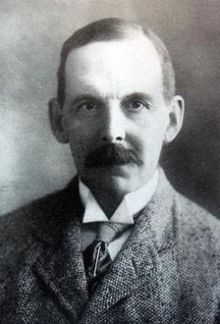
William Herbert Fowler (28 May 1856 – 13 April 1941), also known as Bill Fowler and Herbert Fowler, was an English amateur cricketer who played 26 first-class cricket matches during the 1880s, principally for Somerset County Cricket Club. He was an all-rounder who was best known for his big-hitting when batting. He was also a famous golf course architect, and designed Walton Heath Golf Club among many others in the United Kingdom and United States.
Cricket dominated Fowler’s free time during his early years, and he played golf for the first time in 1879, aged 23 after a business trip to Bideford, Devon. A Royal Navy Captain took him to a course at Westward Ho!. He played the game with borrowed clubs, but after enjoying it he became a member of the club and continued to play. He won the handicap prize in the club’s autumn tournament, but his cricketing commitments curtailed his involvement in the game during the 1880s. He returned to the game a decade later, winning a medal at Westward Ho!, playing as a scratch golfer.
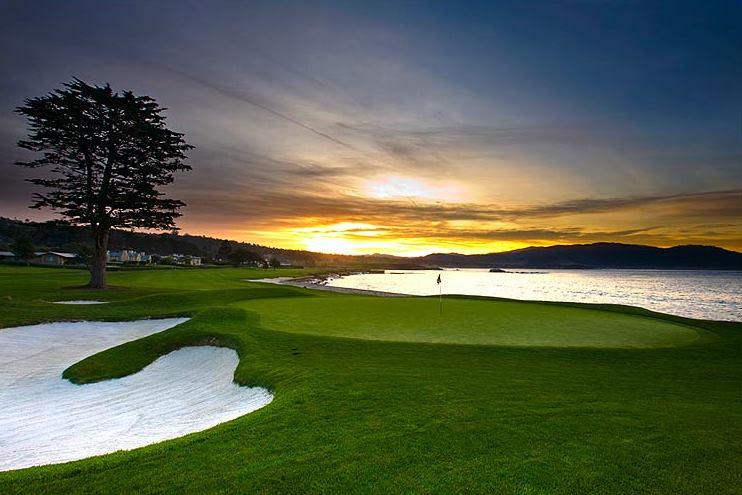
His improvement was marked; a 1901 newspaper described it: “A few years ago he was unknown and as he is now in his mid-forties his recent exploits appear particularly brilliant. He drives almost as far as James Braid, the Open champion.”He finished joint 26th in the 1900 Open Championship, and competed for England against Scotland in each year from 1903–1905.He was known as an eccentric player, often varying the size of the balls and clubs with which he played: “Mr. Fowler putts sometimes with a driving iron but often uses a mallet which looks like a sandwich box with a stick stuck through the middle.”
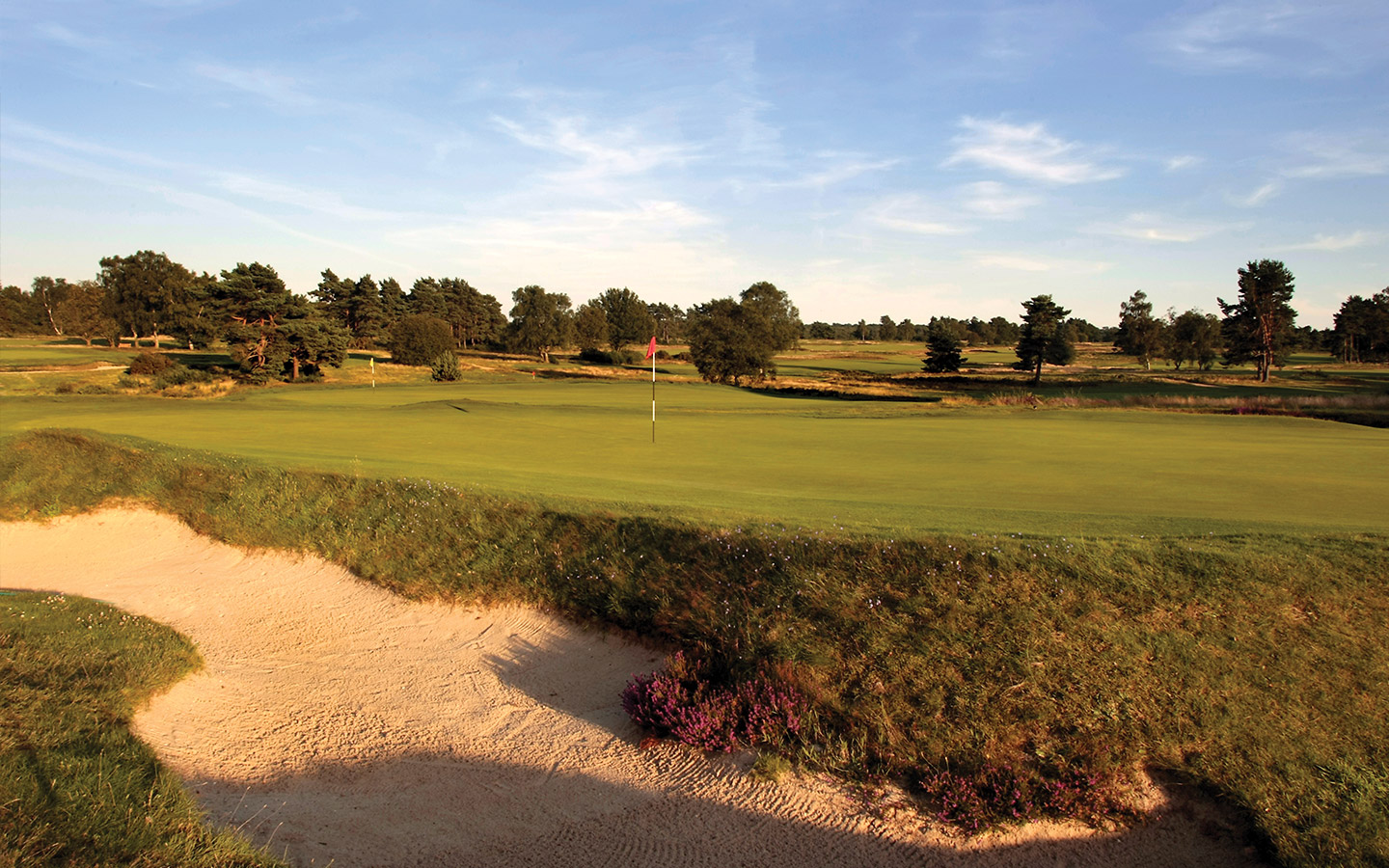
Fowler’s brother-in-law, Sir Cosmo Bonsor approached him in 1899 about the possibility of making a golf course on Walton Heath, in Surrey, England. Three years later, Bonsor bought the ground and gave Fowler the task of designing the course. Fowler’s first opinion was that “there was very little to make one suppose that a first-class course could be made upon it [Walton Heath].”When the course was opened in 1904, it was an instant success. He believed strongly that courses should follow the contours of the land, and have a natural feeling, shunning the use of “man-made contrivances”, believing that topography could test the world’s best golfers just as adequately.He had strong views on many aspects of a golf course, including bunkers, which he believed should have gradual slopes to allow the ball to roll to the base.
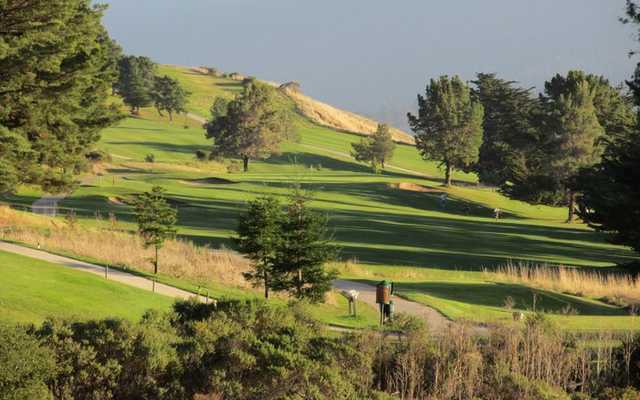
Contemporaries suggested that he designed large courses that would favour big hitters such as himself, but Fowler strenuously denied this, always claiming that they were designed with fairness in mind.He was described in a book by Bernard Darwin as “perhaps the most daring and original of all golfing architects, and gifted with an inspired eye for the possibility of a golfing country”.He designed a number of other golf courses in the United Kingdom and the United States, including the Crystal Springs Course, Beau Desert Course, and in 1922 he redesigned the 18th hole of the Pebble Beach Golf Links.
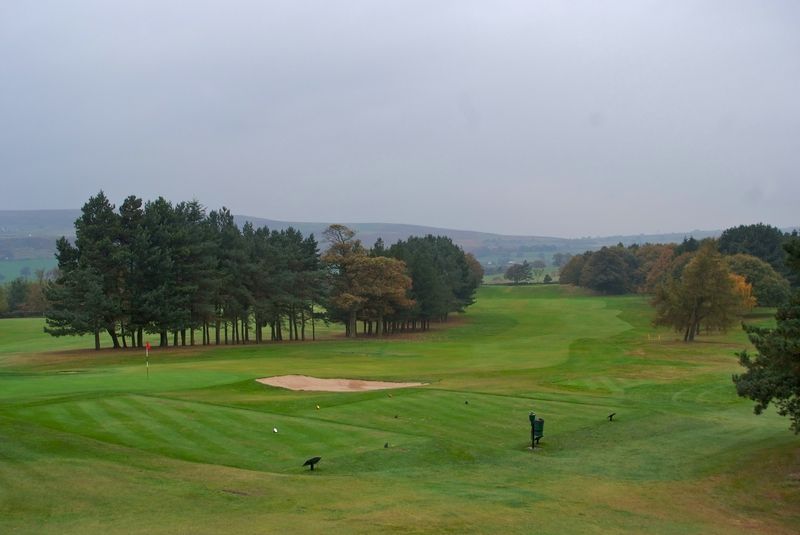
He had been hired to redesign the Del Monte Golf Course, but also made some suggestions to update the Pebble Beach course, which were ignored. However, during a 1921 championship, the course owners received complaints about the short 18th hole, and asked Fowler to resolve the problem. He added just under 200 yards to the hole, transforming it from a 379-yard par 4 to a 548-yard par
Related posts
Golf Architects/Designers: Martin Hawtree
on Monday 14, FebruaryMartin Grant Hawtree represents the third generation of Hawtrees to practice golf course architecture....
Cabo del Sol (Ocean Course), Mexico
on Monday 10, MarchCabo del Sol Ocean Course it is one golf golf courses of the famous...
Golf Architects/Designers: Peter Matkovich
on Monday 23, JanuaryPeter Matkovich grew up in Shabani, near Fort Victoria in Southern Rhodesia (Zimbabwe) and...
